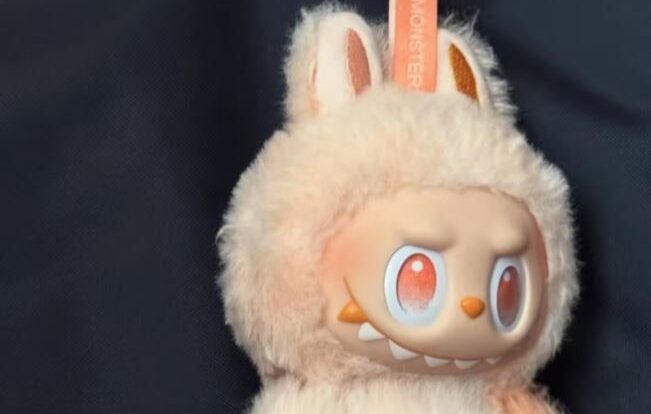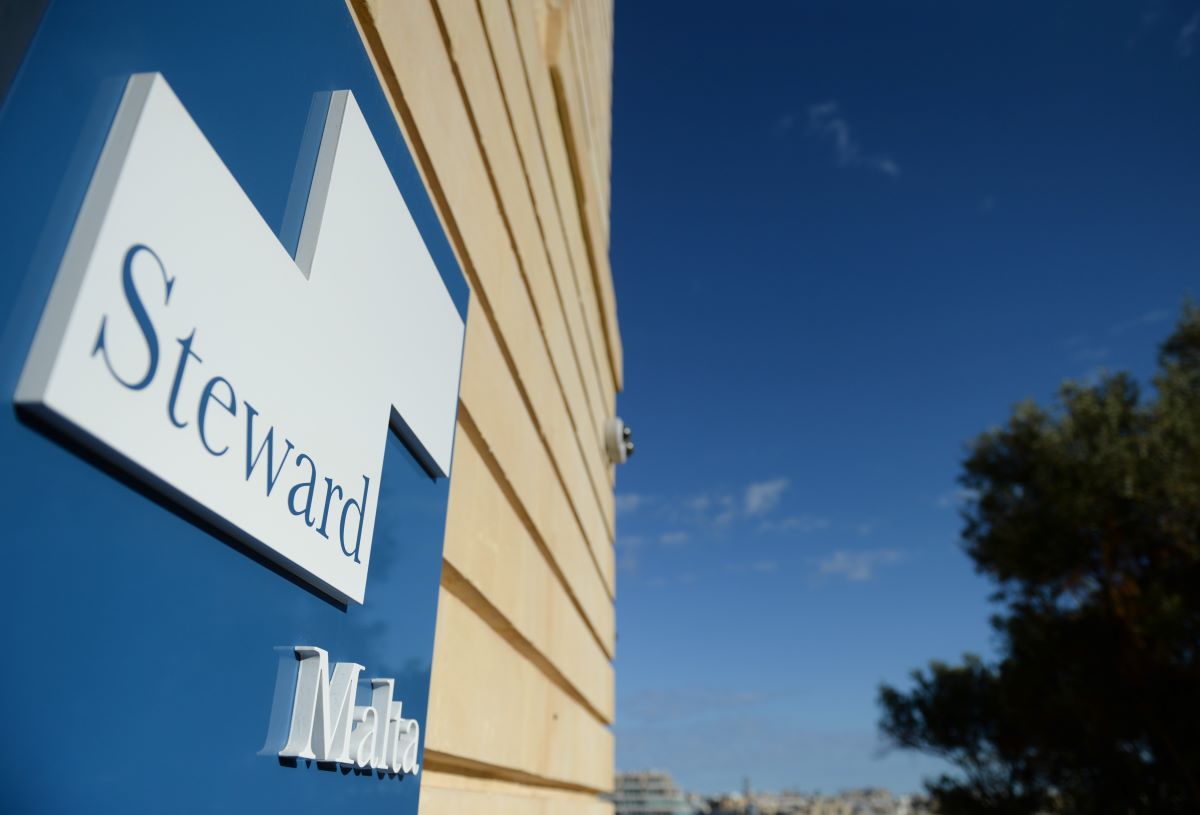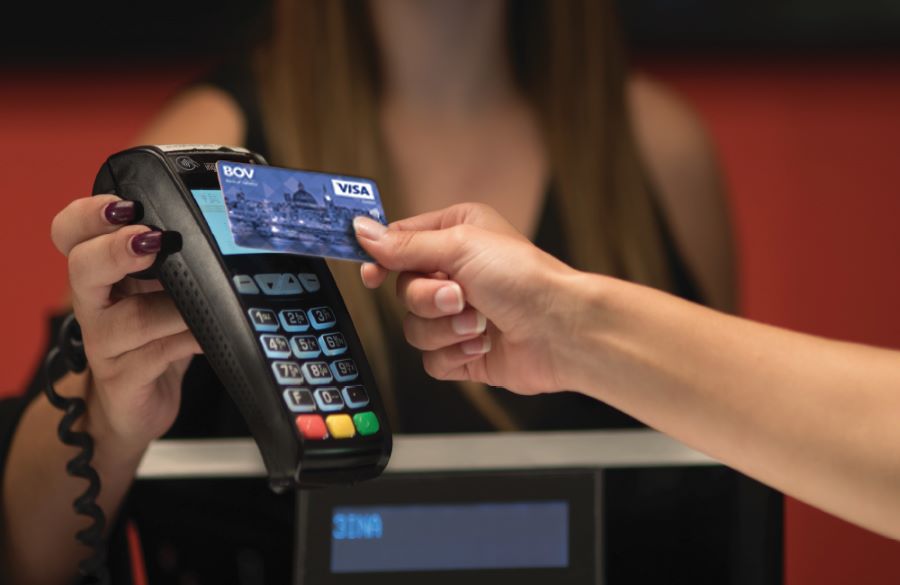Whether you find them endearing or utterly bizarre, there’s no denying that Labubu dolls have taken the world by storm.
What began as a niche toy designed by Hong Kong artist Kasing Lung has grown into a global craze, fuelling profits for Chinese retailer Pop Mart and showcasing the unexpected international appeal of Chinese cultural exports.
Labubu – an elf-like creature with pointed ears, oversized eyes, and a cheeky grin – is the central figure in The Monsters series. Despite its monstrous origins, the doll has developed a strong cult following, supported by viral social media trends and a growing roster of celebrity fans. From Rihanna and Dua Lipa to Blackpink’s Lisa and Kim Kardashian, stars have been spotted with the furry dolls clipped to their designer handbags or showcased on Instagram.
Created as part of a collaboration between Pop Mart and Kasing Lung in 2019, Labubu dolls come in various editions, including Fall in Wild, Exciting Macaron, and Have a Seat. While each one features a variation of the mischievous grin and whimsical styling, the core appeal lies in the unpredictability of the “blind box” format – customers don’t know which character they’ve bought until they open it.
Pop Mart first found success with blind box toys in 2016 through the Molly series, but it was Labubu that propelled the company into global consciousness. The dolls have helped nearly triple Pop Mart’s profits in the past year, with overseas sales contributing to almost 40 per cent of its revenue in 2024. The company has since expanded to over 30 countries, operating 2,000+ vending machines and stores globally, although some have had to pause sales due to overwhelming demand.
The viral appeal of Labubu is difficult to pin down. Described as “kind-hearted but often clumsy” on Pop Mart’s official site, the character embodies a sort of lovable chaos that resonates with younger generations. According to Ashley Dudarenok, founder of China-focused firm ChoZan, Labubu’s popularity took off post-pandemic when Chinese consumers were seeking “emotional escape” and connected with its anti-perfectionist charm.
This sentiment travelled far beyond China. Fans across Asia, North America, and Europe have since joined the frenzy. “The more popular it gets, the more I want it,” said Fiona Zhang, a Canadian collector who was first introduced to Labubu by Filipino friends. “My husband doesn’t understand why someone in their 30s would care so much about this, but for me it’s like a fashion accessory.”
The secondary market has only intensified the hype. While most dolls retail between €50-€90 in Europe, rare or limited editions fetch significantly higher prices. In April 2024, Pharrell Williams’ auction platform Joopiter sold a Sacai x Seventeen Labubu plush for over $31,000. And just this month, a human-sized Labubu sold for 1.08 million yuan (approximately €140,000) at Yongle International Auction in Beijing, setting a record for the most expensive toy of its kind.
Of course, with fame comes imitation. Chinese customs officials recently reported seizing over 70,000 counterfeit Labubu dolls, highlighting both the scale of the demand and the brand’s growing value.
Labubu’s rise may seem like a quirky blip in global culture, but it reflects a broader trend: The convergence of consumer nostalgia, internet virality, and collectible scarcity.
In an age where identity, emotion, and fashion intersect more than ever, this mischievous monster has found its moment – and it’s one with real commercial teeth.
Featured Image:
Insagram / @labubu_shop
Card payments now drive Malta’s consumer economy as supermarket usage hits 60%
In 2024, card payments accounted for 60% of all supermarket sales, making them the dominant payment method in the industry
Could a 50-year mortgage work in Malta? Experts weigh in on feasibility and risks
Donald Trump’s recent proposal for a 50-year mortgage has stirred controversy, but could this work in Malta?
‘If the Maltese had a connection to their land, it would change absolutely everything’ – Malcolm Borg
'“Generation renewal is one of the biggest problems — not just in the EU, but in the world'






